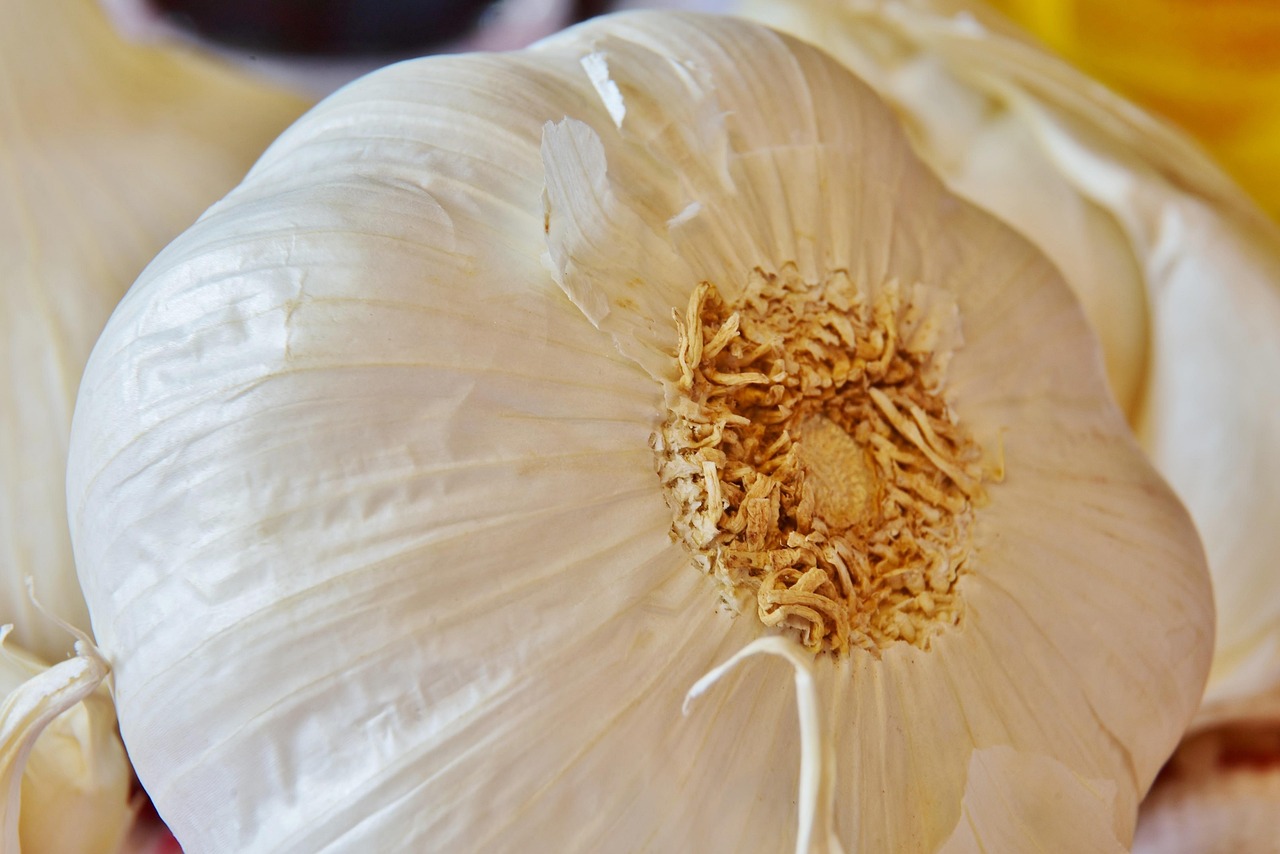“`html
The Paleo Diet: A Comprehensive Guide to Modern Caveman Eating
The Paleo diet, often referred to as the caveman diet, has gained tremendous popularity over the past decade as more individuals seek a natural and wholesome approach to nutrition. Rooted in the idea of mimicking the eating patterns of our ancestors, this diet excludes processed foods, grains, dairy, and legumes. Instead, it emphasizes whole, unprocessed foods that our bodies were designed to thrive on. In this blog post, we’ll explore the principles of the Paleo diet, its benefits, practical meal planning tips, and more to help you determine if this lifestyle is right for you.
What is the Paleo Diet?
The Paleo diet is based on the premise that humans are best adapted to the diet of our hunter-gatherer ancestors. By consuming foods available in the Paleolithic era, proponents argue that we can improve our health, control our weight, and enhance our overall well-being.
Core Principles of the Paleo Diet
- Whole Foods: Focus on fruits, vegetables, nuts, seeds, fish, and lean meats.
- Avoid Processed Foods: Steer clear of refined sugar, artificial ingredients, and preservatives.
- No Grains or Legumes: Eliminate grains such as wheat, rice, and corn, as well as legumes like beans and lentils.
- No Dairy: Most versions of the diet exclude dairy products, emphasizing alternatives.
Types of Foods to Include
- Proteins: Grass-fed meats, wild fish, and eggs.
- Fruits and Vegetables: Leafy greens, berries, and root vegetables.
- Nuts and Seeds: Almonds, walnuts, chia seeds, and flaxseeds.
Benefits of the Paleo Diet
Advocates of the Paleo diet claim it offers numerous health benefits, supported by various studies. Here are some of the most notable ones:
Weight Management
- Promotes satiety due to high protein and fiber content.
- Eliminates calorie-dense processed foods.
Improved Digestion
- Encourages the consumption of fiber-rich fruits and vegetables.
- Reduces gut inflammation by eliminating inflammatory foods.
Increased Energy Levels
- Stabilizes blood sugar with whole food choices.
- Improves nutrient absorption with a focus on nutrient-dense foods.
Practical Tips for Starting the Paleo Diet
If you’re considering the Paleo diet, here are some actionable steps to help you ease into it:
Meal Planning
- Start with a meal prep day:
- Choose a day to prepare meals and snacks for the week.
- Cook large portions of meat and vegetables that can be easily reheated.
- Create a shopping list:
- Focus on fresh produce, meats, and nuts.
- Avoid aisles with processed products.
Finding Alternatives
- Use cauliflower rice instead of regular rice.
- Swap wheat flour for almond flour in baking.
Potential Drawbacks of the Paleo Diet
While the Paleo diet has many proponents, it’s not without its potential downsides:
Restrictive Nature
- May lead to nutrient deficiencies if not carefully managed.
- Social situations may pose challenges due to limited food options.
Cost of Groceries
- Grass-fed meat and organic produce can be more expensive.
- Specialty products may add to the overall cost.
Conclusion
The Paleo diet provides a compelling approach to nutrition focused on whole, unprocessed foods that may have numerous health benefits. While it encourages mindful eating and a return to nutritional basics, it’s essential to consider personal lifestyle preferences and dietary needs when adopting this diet. Overall, if you’re looking to enhance your health through natural food choices, the Paleo diet may be an excellent option to explore.
“`






